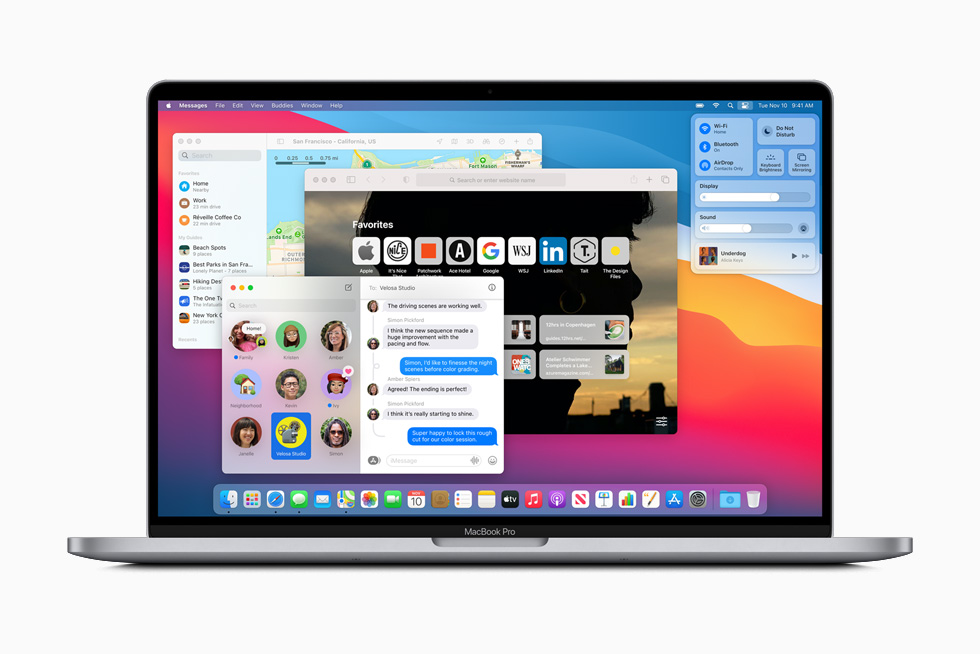Linux operating system is the most common open source OS used on servers, smartphones, desktop and laptop computers, and other compatible devices. It can run on most major computer platforms like ARM, SPARC, and x86; and is rated highly by many in the tech industry.
There are different versions of Linux OS and all of them are capable of managing hardware resources, launching and handling software applications, and providing a user interface for operators to interact with. Linux is similar to more mainstream operating systems such as Windows, and MacOS because of its UI and access to common software applications like word processors, photo editors, and file managers. However, its open source nature is its biggest distinguishing factor as the code used to write it is free and widely available to the general public. Any skilled programmer can view and edit as they please.
Who uses Linux?
Programmers have a special affinity for Linux due to the convenience it offers them when they code. MacOS is superior to Windows for software development, but it is still inferior to Linux. Software developers prefer to use Macbooks to run their programs, which is why there is a need to combine Macbooks and the Linux operating system.
Can Linux be Installed on Macbooks?
Due to their hardware specifications, Apple Macs are able to run Linux. The operating system can be installed on any Mac with an intel processor but it is challenging to install it on the M1. Regardless, companies like Corellium have figured out a way to port Linux to the M1.
As mentioned earlier, there are different versions (also known as distributions) of Linux; all of which offer different experiences. The distribution anyone picks to install on their Apple Mac (or on Windows 10) depends on their personal preference and the experience they want. Here are the common distributions;
- Ubuntu
This uses a desktop interface known as Unity, which is strikingly similar to the MacOS. Ubuntu is a top choice for novices, as it is convenient for them to use.
- Linux Mint
It is an alternative to Ubuntu but is more similar to Windows than MacOS.
- Kubuntu
This is a mix of Ubuntu and another desktop named KDE Plasma. It has better performance and more features than Ubuntu.
- Debian
This distribution has more features than all the distributions above and is broadly used in server software. However, it is more challenging to set up than Mint and Ubuntu.
- Fedora
This is a distribution that beginners should avoid even though it has a lot of features. It appears to be at the cutting edge of technology but it crashes often.
Of all the distributions mentioned here, Ubuntu is the most recommended. However, there is no harm installing a few others to determine which is best for you. Ubuntu M1 installation is not any easier than that of the rest, so feel free to play around with the different versions as you wish.
Endnote
If you are wondering whether Linux can be installed on Apple Macs, the answer is yes. It is easy to install the different distributions of it (like Ubuntu) on Macs with Intel Processors. Unfortunately, it is a little tougher to install it on those with M1 processors. However, Corellium has successfully ported Linux to the M1, which proves that it is possible to do.














.png)

.png)